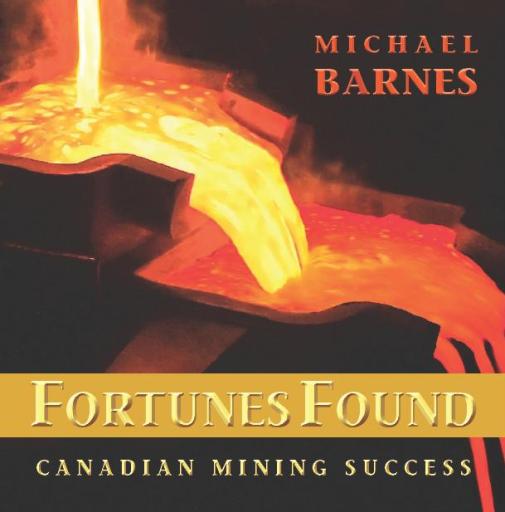The National Post is Canada’s second largest national paper.
This column was originally published in 2004. How things change and how they stay the same or get worse! Ontario’s debt that year was $142-billion but will reach $283-billion in 2012 and $303-billon in 2013. In addition, the Far North Act – Bill 19 – which was passed last year, bans economic development in 225,000 square kilometers of the far north, roughly 21 per cent of Ontario’s landmass.
For some geographic perspective, that is approximately the same size as the United Kingdom minus Northern Ireland with a population of 60 million people. The enormously rich “Ring of Fire” mining camp was largely unknown. – (Stan Sudol-August30, 2011)
How many more Sudbury Basins exist in that vast northern
territory above the French and Mattawa Rivers that encompass
85% of the province’s geography? There are billions of
dollars worth of untapped mineral deposits waiting to be
developed. (Stan Sudol-September 9, 2004)
Stan Sudol is a Toronto-based communications consultant and mining columnist. stan.sudol@republicofmining.com
National Post – September 9, 2004
In July, Alberta Premier Ralph Kline proudly announced that his province’s massive debt has been slain However he could not have accomplished that historic feat without the development of northern Alberta’s booming oil sands economy and ensuing resource royalties. Unfortunately, Ontario, struggling with a $142-billion debt and a $100-billion infrastructure deficit, is largely ignoring the mineral rich potential of its north.
























